Search results
soane-museum-director appointment.jpg mblowfieldimage/jpeg21.56 KB
mblowfieldimage/jpeg21.56 KB
 mblowfieldimage/jpeg21.56 KB
mblowfieldimage/jpeg21.56 KB
sarah-lucas-john-soane-museum-yoko.jpg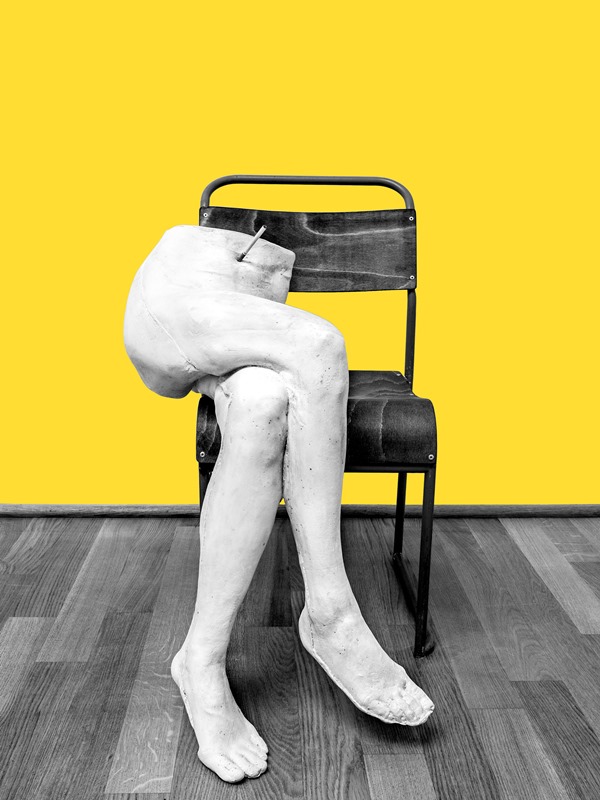 mblowfieldimage/jpeg104.53 KB
mblowfieldimage/jpeg104.53 KB
 mblowfieldimage/jpeg104.53 KB
mblowfieldimage/jpeg104.53 KB
sarah-lucas-soane-museum-pauline.jpg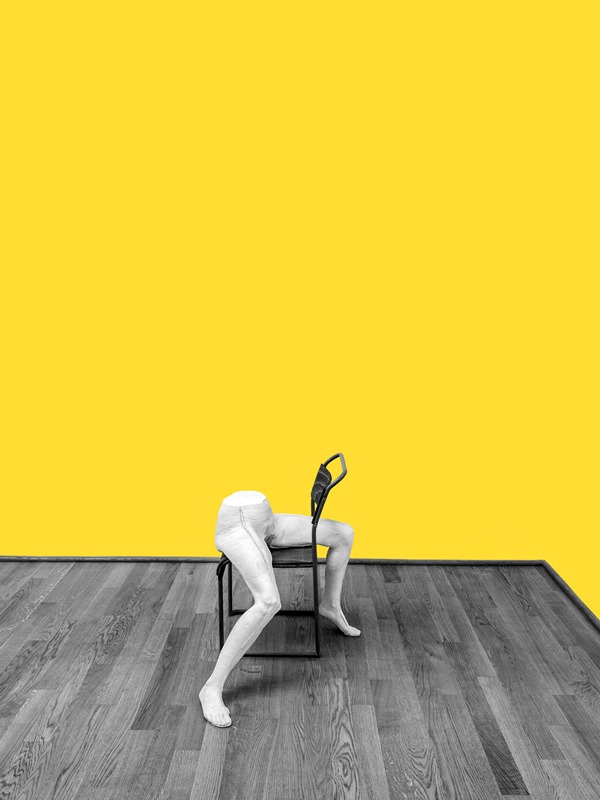 mblowfieldimage/jpeg72.86 KB
mblowfieldimage/jpeg72.86 KB
 mblowfieldimage/jpeg72.86 KB
mblowfieldimage/jpeg72.86 KB
joseph-mellot-bronte-soane.jpg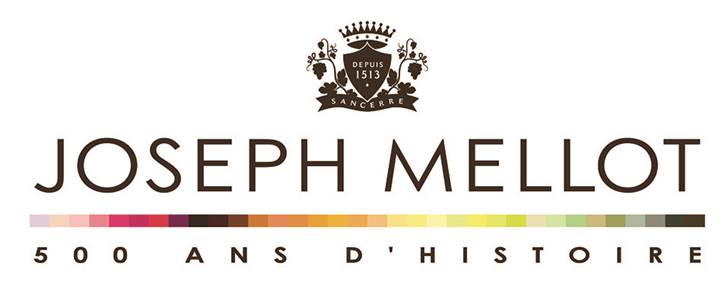 mblowfieldimage/jpeg18.7 KB
mblowfieldimage/jpeg18.7 KB
 mblowfieldimage/jpeg18.7 KB
mblowfieldimage/jpeg18.7 KB
th_3.jpeg dp_adminimage/jpeg8.38 KB
dp_adminimage/jpeg8.38 KB
 dp_adminimage/jpeg8.38 KB
dp_adminimage/jpeg8.38 KB
colonel-fox-bronte-soane.jpg mblowfieldimage/jpeg16.36 KB
mblowfieldimage/jpeg16.36 KB
 mblowfieldimage/jpeg16.36 KB
mblowfieldimage/jpeg16.36 KB
sarah-lucas-john-soane-museum-yoko.jpg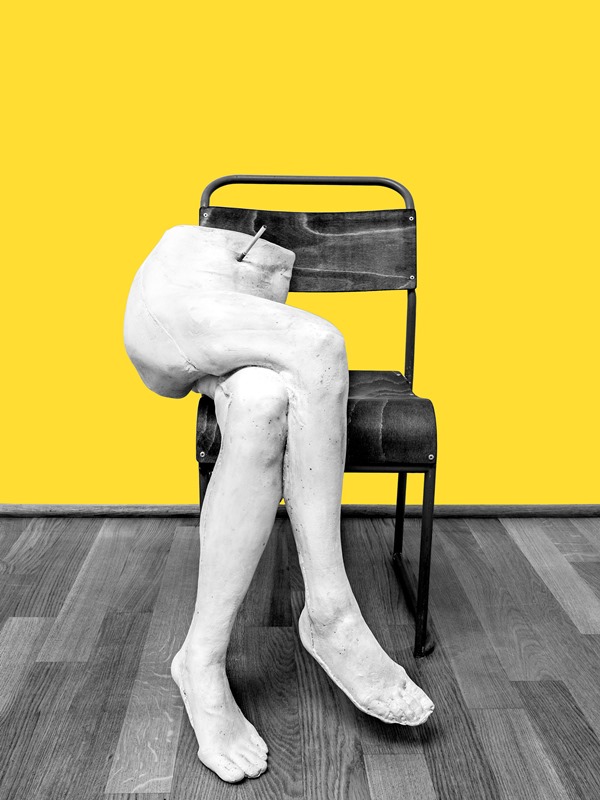 mblowfieldimage/jpeg104.53 KB
mblowfieldimage/jpeg104.53 KB
 mblowfieldimage/jpeg104.53 KB
mblowfieldimage/jpeg104.53 KB
Bridgeman Images logo.jpg ltilleyimage/jpeg97.17 KB
ltilleyimage/jpeg97.17 KB
 ltilleyimage/jpeg97.17 KB
ltilleyimage/jpeg97.17 KB
th_4.jpeg dp_adminimage/jpeg8.38 KB
dp_adminimage/jpeg8.38 KB
 dp_adminimage/jpeg8.38 KB
dp_adminimage/jpeg8.38 KB
evening-opening-candlelight.jpg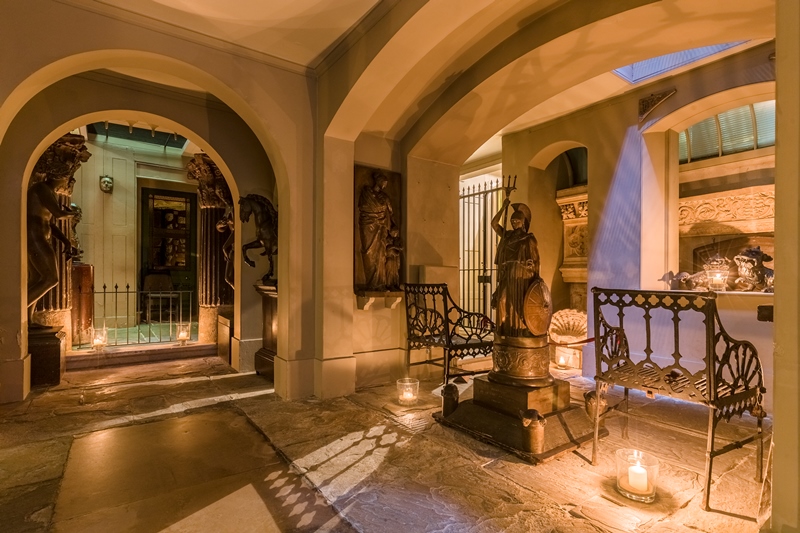 mblowfieldimage/jpeg253.45 KB
mblowfieldimage/jpeg253.45 KB
 mblowfieldimage/jpeg253.45 KB
mblowfieldimage/jpeg253.45 KB